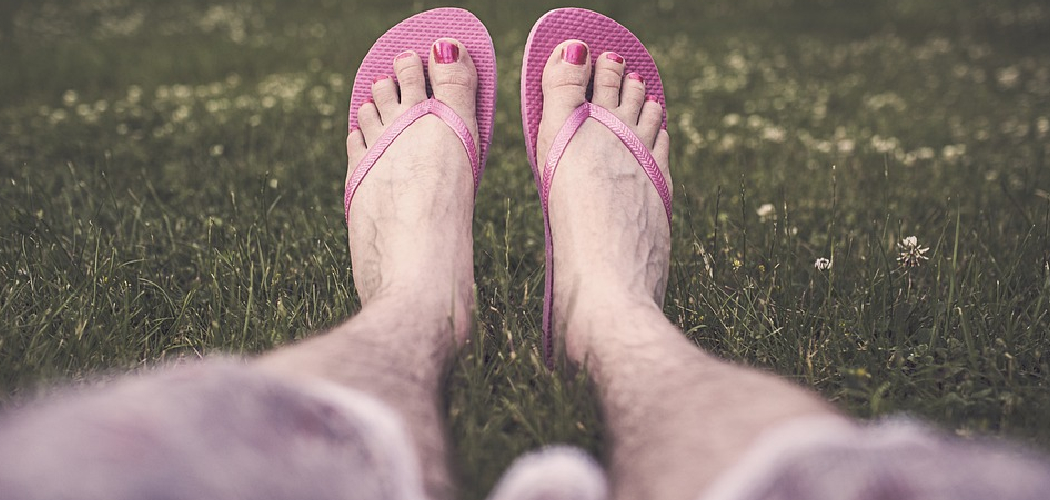Shopping for shoes can be a bit tricky; it’s all about finding the right size and style to fit your needs. Sandals, in particular, require careful consideration so you can avoid buying ones that are too small or uncomfortable.
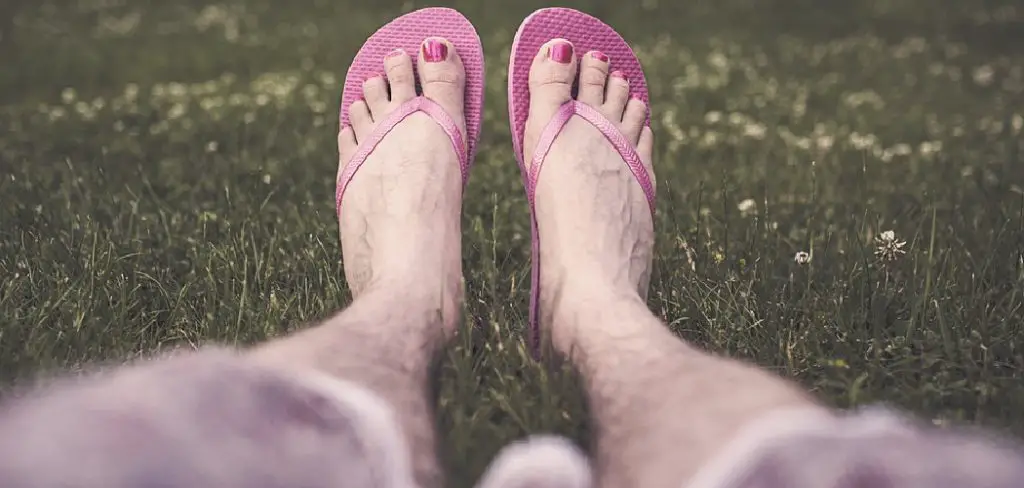
Fortunately, there are some tried-and-true methods you can use to check if those sandals really fit just right – and this blog post will show you how! Read on to learn more about how to tell if sandals are too small before purchasing them so you don’t wind up with an ill-fitting pair of shoes.
10 Easy Steps on How to Tell if Sandals Are Too Small
Step 1: Examine the Structure
You should look for signs of strain or tightness when examining the structure of the sandals. If you see any creases, wrinkles, bulging, or pulling in the straps, this is an indication that the sandals are too small. Be sure to pay attention to both the heel area and the toe box. Otherwise, the sandals should look smooth and comfortable. It’s also helpful to check the overall length of the sandals to make sure they are long enough to fit your foot size.
Step 2: Place Your Foot Inside
Carefully place your foot inside the sandal. Make sure to fasten any buckles or straps securely; if they are too tight, this could be a sign of an improper fit. When you stand up, walk around in them for a few steps and see how they feel on your feet. If there is significant discomfort or pain, that’s a sign that the sandals are too small. Additionally, make sure the sandal isn’t slipping off your heel as this can cause blisters and other issues with wearing uncomfortable shoes.
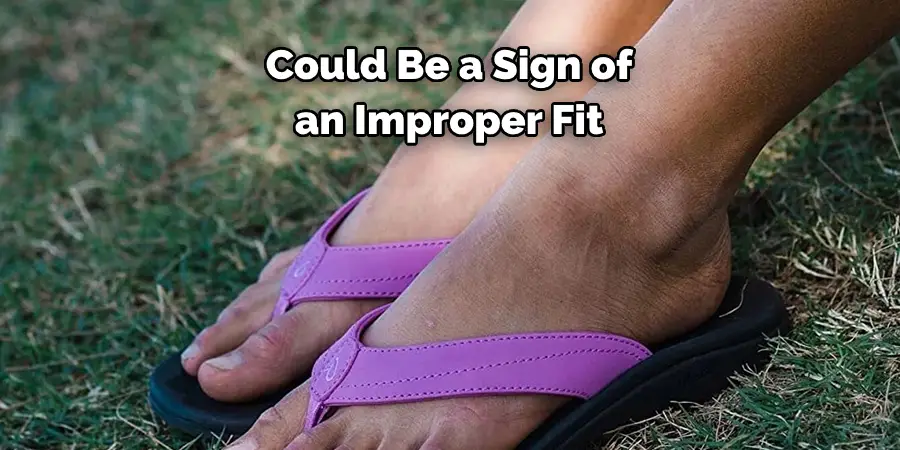
Step 3: Check for Space Between Toes
Make sure there’s enough room between your toes when wearing the sandals. If you can feel your toes getting pinched together, this is an indication that the sandals are too small and need to be replaced. That’s why it’s important to make sure you have the right size before buying a pair of sandals. Otherwise, you could be dealing with foot pain for months to come!
Step 4: Evaluate the Heel Cup
Your heel should fit comfortably inside the heel cup without any slipping or sliding around. If you can feel your foot sliding out when walking in them, then it’s time to consider a larger size. So, be sure to check the heel cup before making a purchase. If it’s too tight or loose, then you may want to look at other styles that fit better. But if it fits just right, then you know you have a great pair of sandals that will support your feet!
Step 5: Look for Gaps in the Straps
Check that all straps fit snugly against your foot; if there are gaps between them, then the sandals may be too small and require replacing with a larger size. It’s also important to make sure the straps don’t cut off your circulation at any point. If they do, then it’s a sign that you need to switch the sandals for a bigger size. That way, you can ensure your feet stay comfortable while walking in them.
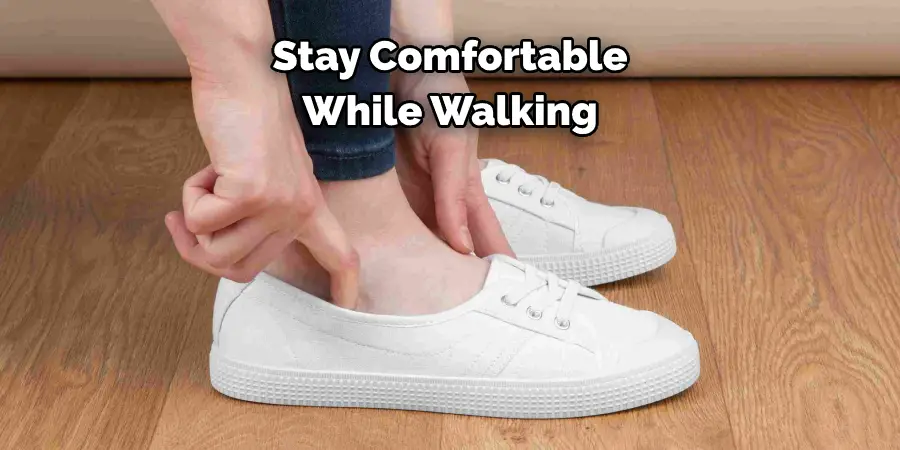
Step 6: Feel for Tightness Around Your Ankles
Try bending down and feeling around your ankle area for tightness or discomfort. If the sandals are too small, you’ll notice that this area feels tight and may even be constricting your blood flow. It’s important to check this area before making a purchase because if the sandals are too small, you won’t be able to enjoy wearing them. Before buying a pair of sandals, make sure there’s enough room around your ankles for comfort.
Step 7: Consider Support
Your feet should feel comfortably supported when wearing sandals. If your feet feel like they’re sliding around or if there’s no arch support, then it’s likely that the sandals are too small and need to be replaced with a larger size. If the sandals provide good arch support, then you can be sure that your feet will stay comfortable for a long period of time. That’s why it’s important to check for proper support when buying sandals.
Step 8: Avoid Blisters
Wearing ill-fitting sandals can lead to blisters; this is an indication that the sandals are too small. It’s best to avoid buying shoes that cause any discomfort in order to prevent potential pain or injury in the future. That’s why it’s important to make sure sandals fit properly before making a purchase. Remember to check the length, width, straps, and arch support so that you can ensure your feet stay comfortable while wearing them.
Step 9: Account for Swelling
Your feet may swell during the day due to heat or activity. Make sure to account for this when purchasing sandals; opt for shoes that have enough room to accommodate any swelling. You don’t want to be stuck with shoes that are too small, as this could lead to discomfort or even injuries down the line. But if you take the time to find sandals that fit correctly, then you can enjoy comfortable shoes for months to come!
Step 10: Return or Exchange
If you’ve determined that the sandals are too small, it’s best to return them and exchange them for a larger size. This will ensure a more comfortable fit and prevent potential injuries in the future. This is especially important if you plan to be on your feet a lot while wearing them. The last thing you want is to be dealing with foot pain due to ill-fitting sandals. So, take the time to get it right the first time! It will pay off in the long run.
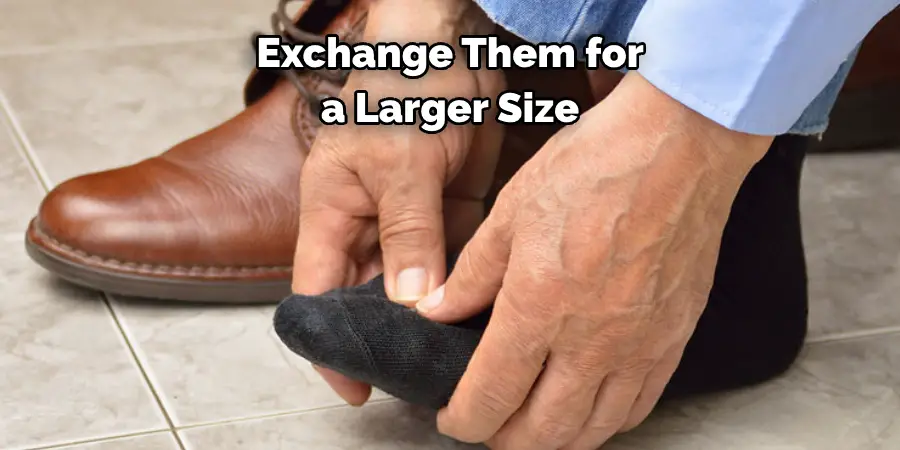
Following these 10 easy steps on how to tell if sandals are too small will help you determine if sandals are too small and provide guidance on what to do next. It’s important to take into account your foot size, shape, and any potential swelling when choosing the right sandals for your feet. By being mindful of these factors, you can ensure a comfortable fit and avoid issues in the future.
Important Tips to Keep in Mind
- Always try on sandals before buying them.
- Make sure all straps fit snugly against your foot; if there are gaps, then the sandals may be too small.
- Check for any tightness around your ankles and make sure there is room for comfort.
- Ensure that the sandals provide good arch support.
- Be aware of any potential swelling and opt for sandals with enough room to accommodate it.
- If the sandals are too small, return or exchange them for a larger size.
By following these tips, you can be sure that your feet will stay comfortable and protected when wearing sandals. Now that you know how to tell if sandals are too small, you can make the best decision for your feet!
Frequently Asked Questions
Q: How Do I Know if the Sandals Are the Right Size?
A: You can determine if the sandals are the correct size by checking the length and width of the sandals, making sure the straps don’t cut off your circulation, feeling for tightness around your ankles, considering support, avoiding blisters, and accounting for any potential swelling. If these areas feel comfortable, then the sandals are likely to be the right size.
Q: What If the Sandals Are Too Small?
A: If you’ve determined that the sandals are too small, it’s best to exchange them for a larger size. This will ensure your feet are properly supported and comfortable when wearing the sandals. It’s also important to do this in order to avoid any potential injuries down the line.
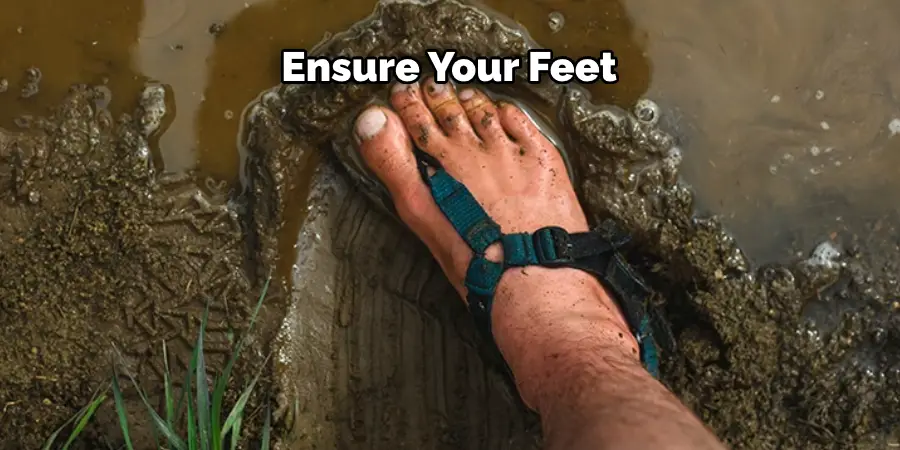
Q: What Should I Do if I’m Not Sure about the Fit?
A: If you’re still unsure about the fit, it’s best to go to a store and try on the sandals. This will give you an opportunity to walk around in the sandals and check for any areas of discomfort. Additionally, talking with a salesperson or store associates can provide helpful insight into the fit and sizing of sandals.
Q: How Often Should I Replace My Sandals?
A: It’s recommended to replace sandals every six months, or sooner if they become worn out. This will ensure your feet stay comfortable and protected when wearing them. Additionally, it’s important to check for any signs of damage before replacing sandals, as damaged shoes can lead to further issues.
Conclusion
When it comes to sandals, proper fit is key. No matter if they’re flat or heeled, a sandal that doesn’t fit correctly can be uncomfortable and downright painful. While there may be a few exceptions—like shopping online—it’s always best to try on a pair before purchase.
Before buying a pair of sandals, use the tips in this article on how to tell if sandals are too small: check for rubbing along the sides of your feet, feel for tightness in connected materials like straps, and make sure the shape of your foot matches up with the contour of the sole.
If none of these steps result in a comfortable fit, choose another size or style all together. Just remember that when it comes to choosing new shoes, taking time to get the right fit makes for a much better overall experience!

